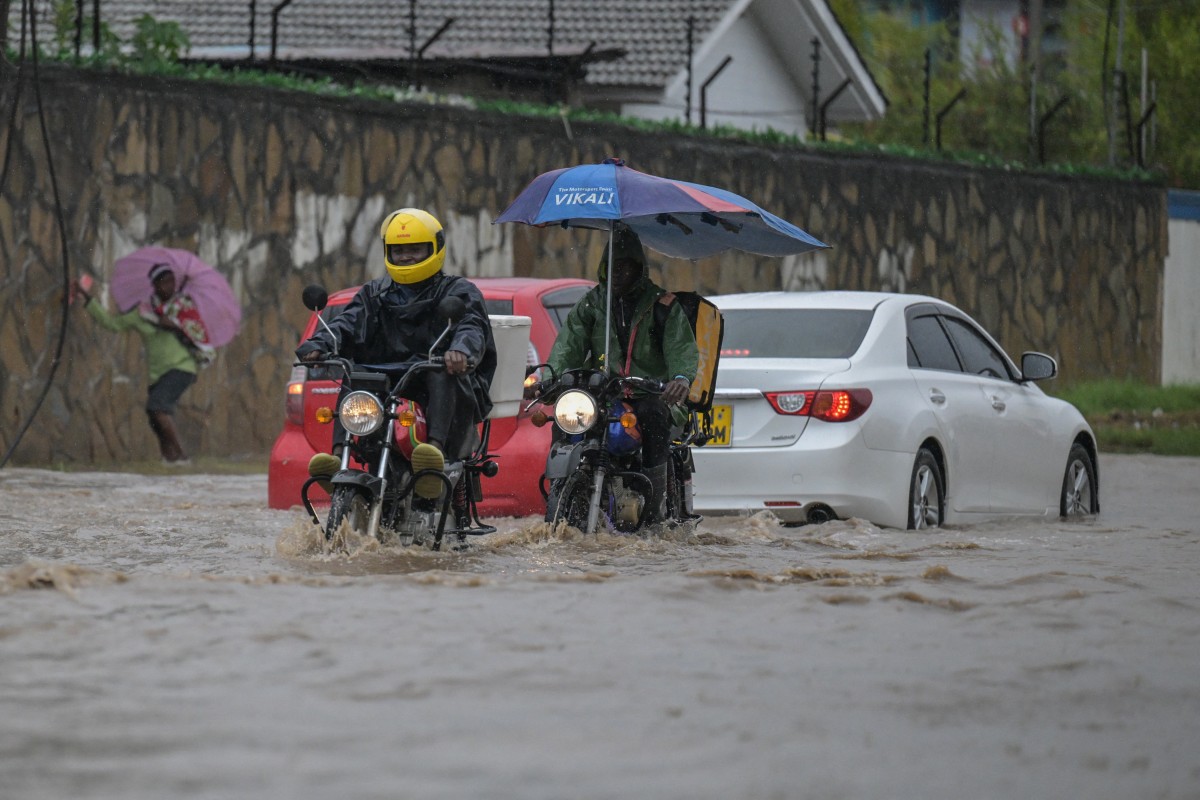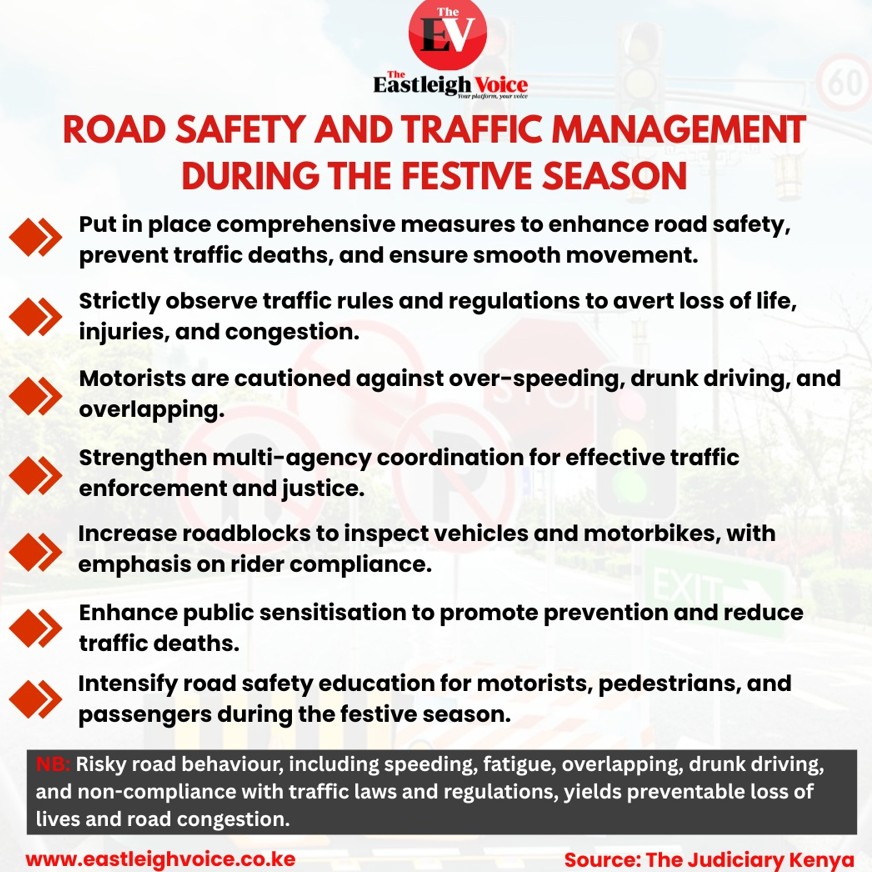IGAD warns of heavier rains in East Africa from March to May

The highest probabilities are for Central and Western Kenya and the border areas of Ethiopia, Kenya and Uganda.
The IGAD Climate Prediction and Applications Centre (ICPAC) has forecasted above-average rainfall in East Africa when the long rain season comes from March to May.
The forecast probability is between 55 and 65 per cent, with Kenya, Somalia, southern Ethiopia, southern Sudan, Uganda, Burundi, Rwanda and north-western Tanzania set to benefit.
More To Read
- Djibouti confirms Eritrea’s formal exit from IGAD regional bloc
- IGAD regrets Eritrea’s ‘premature’ withdrawal from regional bloc
- Eritrea withdraws from IGAD for second time, citing ‘failure to meet aspirations of the region’
- Kenya urges stronger regional cooperation as transport corridors fuel disease risks across East Africa
- Kenyan journalists celebrate climate reporting wins at IGAD Media Awards 2025
- IGAD ministers renew regional pact on refugees as Kenya demands fair burden‑sharing
The highest probabilities are for Central and Western Kenya and the border areas of Ethiopia, Kenya and Uganda. After weeks of high temperatures, prolonged showers visited parts of Kenya on Friday night and Saturday morning.
A report of the 66th Greater Horn of Africa Climate Outlook Forum (GHACOF66) provides insights into the upcoming weather patterns for the region.
It says some parts of the region may experience an early to normal onset of rainfall over the next three months and that there is an increased chance of an early onset of rainfall in certain areas.
These include northern and north-eastern Tanzania, eastern Rwanda, southern and western Uganda, western Kenya, south-western Somalia and some parts of south-central Ethiopia.
"The predicted above-average rainfall is a significant turnaround from the recent dry spells that have caused immense hardship. These rains are vital for recharging water tables, supporting agricultural production and reviving ecosystems," said ICPAC Director Guleid Artan.
"While the food security situation may improve with wetter than usual conditions, it is important to remember the multiple challenges facing the region, including the historic drought in 2020-2022, conflicts in various parts of the region such as Sudan, and El Nino-induced floods at the end of 2023."
Guleid noted that extreme weather conditions have weakened the coping capacity of communities, leaving them highly vulnerable to food insecurity.
"The likelihood of flooding during the 2024 MAM rainy season, in parts of the region could therefore lead to a deterioration of food security in localised areas," he said.
Many regions are expected to receive above-average rainfall but some parts of central Kenya and southern and northwestern Ethiopia may experience a delayed onset of the rainy season.
According to experts, these regions may still experience dry conditions, and flood-prone areas remain at risk, hence the need for flood preparedness.
"Due to the increased rainfall recorded from October to December 2023 and the forecast of wetter than normal conditions from March to May, there is an increased risk of flooding in flood-prone areas," Guleid said.
"The forecast underscores the urgency of coordinated action and preparedness and highlights the need for proactive measures to mitigate potential impacts and take advantage of the opportunities presented by the projected rainfall".
Last year, the El Nino phenomenon brought torrential rains to Kenya, causing rivers and drainage systems to overflow. The result was widespread flooding that left at least 160 dead, displaced hundreds of thousands of people and caused significant damage to infrastructure.
The objective temperature forecast predicts warmer than normal surface temperatures across the region.
Sudan, northern South Sudan, Ethiopia, Eritrea, Djibouti, Somalia and southern parts of Tanzania are more likely to experience above-normal temperatures, which could affect agriculture, water availability and public health, among other things.
Top Stories Today












































